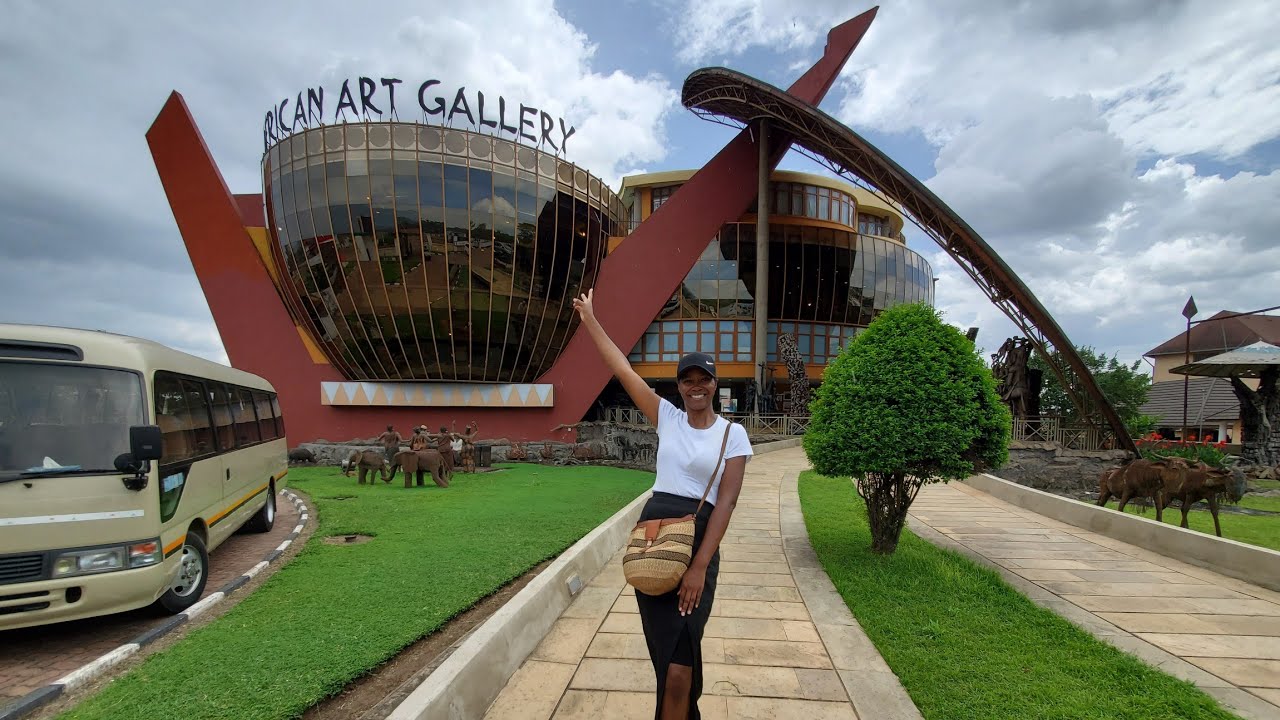
Robert Draws – Arusha Gallery Under Fire following a wave of complaints from artists. Multiple artists allege they are owed substantial payments. These claims involve sales made through the gallery since 2021. Concerns over transparency have also been raised by several parties. Public attention continues to grow around the situation.
Over a dozen artists stepped forward with serious allegations. They claim the gallery sold their artworks without paying on time. Some artists received no money after finishing their exhibitions. Others say the gallery only sent partial payments for their sales. Legal teams delivered official notices directly to the gallery. Artists used social media to voice their frustrations openly. Several artists shared screenshots of emails and chat messages. These posts quickly triggered outrage within the creative community.
The total unpaid value reportedly exceeds £500,000 in artwork sales. Artists expressed anger and deep feelings of betrayal. They said the gallery broke their trust multiple times. Many artists depended on those payments to cover basic living costs. Financial stress forced some artists to pause their careers. A few artists canceled or postponed upcoming exhibitions. Others emptied their personal savings to survive financially. Some artists faced eviction notices or took on second jobs.
Collectors also raised their concerns about the gallery’s behavior. They reported that shipping updates came late or never arrived. Some buyers said they never received purchase confirmations. This controversy damaged the gallery’s standing in the art world.
“Read about: David Hockney’s “Going Up Garrowby Hill” Graces The New Yorker Cover”
Arusha Gallery has not issued an official statement. Some responses were sent privately to concerned artists. These messages offered vague promises without clear timelines. A few artists were reportedly blocked on communication platforms. Their attempts to follow up were dismissed. Silence was maintained by the gallery on public platforms. The controversy has sparked reaction from within the art world. Independent curators have expressed solidarity with unpaid artists.
Many galleries are now reviewing payment practices. Art critics described the case as deeply alarming. They emphasized the need for better protections. The Artists’ Union England released a formal statement. They called for immediate transparency and artist compensation. Institutions in London and Edinburgh have taken notice. Some reconsidered future collaborations with Arusha Gallery. The case is now widely discussed in academic art programs. A public petition has gathered over 12,000 signatures. It demands fair treatment and enforcement of contracts. Legal professionals believe the case may change gallery policies.
“Read more: G7 Unites Against Migrant Trafficking: A New Global Action Plan”
This situation reflects a larger problem in the art ecosystem. Many artists navigate contracts without strong legal backing. Galleries often present vague agreements and ignore follow-ups. Consequently, artists face constant vulnerability in unfair power dynamics. They depend on goodwill rather than secure, binding contracts. Therefore, financial insecurity threatens their stability. Advocates now push for clear and enforceable payment frameworks. They demand laws that ensure timely artist compensation. Furthermore, several groups propose a third-party monitoring system. For example, watchdog organizations in Europe have joined these efforts. International artists also share similar experiences from Berlin and New York. As a result, artists across borders build solidarity and collective pressure.
Online forums now gather thousands of testimonies from affected artists. Artists describe long waits, ignored messages, and broken promises. Meanwhile, support networks teach artists about legal protections and rights. Art lawyers now offer free contract reviews and consultations. In addition, advocates have published guides for safe gallery partnerships.
Although traditional galleries dominate the scene, many artists explore cooperative exhibition models. Instead of relying on institutions, they create artist-run spaces. These models attract support and gain traction worldwide. Transparency, therefore, becomes a crucial survival tool in the creative economy. Education plays a growing role in artist protection. For instance, art schools now revise business ethics and contract literacy courses. They urge students to demand written, clear agreements before collaborating. The Arusha Gallery legal process continues to unfold in court. Multiple legal teams investigate the gallery’s financial practices. Trust in Arusha Gallery continues to decline across the industry. Many artists, therefore, withdraw future exhibitions from the gallery’s calendar. Nevertheless, this story now marks a defining moment in the art world. Its consequences may finally lead to deeper and long-term industry reform.